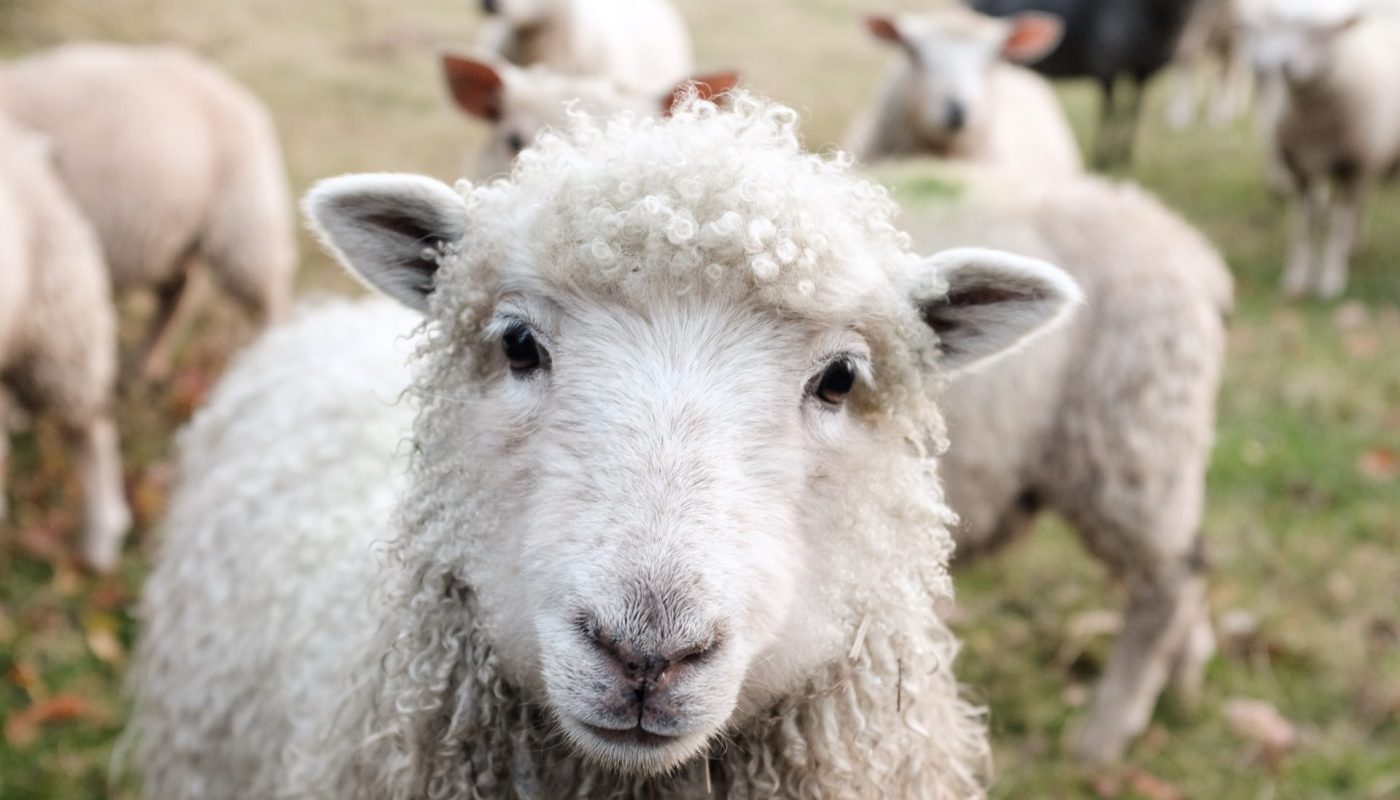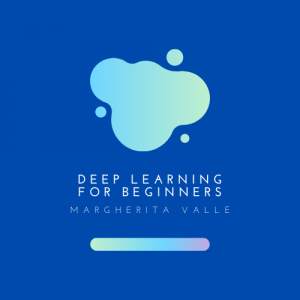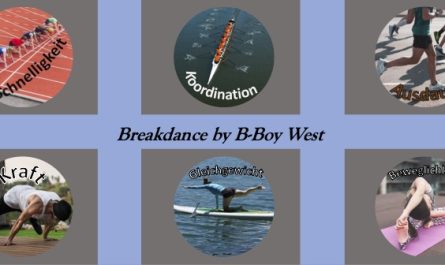https://www.youtube.com/watch?v=lVNSW0hQrlw&feature=youtu.be
To study animal behaviors, different methods involving Deep Learning algorithms have been developed. Let’s have a look at one of the most outstanding project in the field.
If you do believe (as I did before approaching this topic) that capturing the posture of animals has to do with selfie poses, you are far from reality. Indeed, pose estimation concerns the study of the geometrical configuration of animal body parts. This knowledge leads to a better understanding of animal behaviors and animal brains. Therefore, behavioral studies are not only used to set biodiversity preservation plans but play also a key role in the area of neuroscience.
To be precise, humans are documenting animal postures since the first cave paintings, in the Old Stone Age. However, studying behaviors is extremely complex and can not merely rely on human observations. Nowadays, cave art is not an option anymore and ecologists and conservationists had to adapt. Sensitive cameras are therefore used to monitor protected areas, as the one implemented more than ten years ago in the Serengeti National Park and Grumeti Reserve in Tanzania. The cameras capture pictures or videos of the animals living in the area, thus allowing researchers to track and study animal movements, behaviors, and demographics. In the example mentioned, the photos are collected and stored on a web-based platform called Zooniverse. Afterward, researchers from around the world are working very intensely together to identify animals, species, and to label the picture accordingly. However, even if some improvements have been made compared to the Paleolithic time, you can certainly imagine how slow and time-consuming this process is.
Deep Learning has extremely accelerated this procedure. Scientists have built up a Deep Learning toolkit called DeepPoseKit which measures the position of animal body parts in the space by using data (videos or pictures). This tool combines previous estimations techniques with state-of-the-art technology. It can quickly and accurately track animal postures, after being trained with just 100 examples. (If you don’t understand what this last sentence means, check my blog posts about how Deep Learning works, and how it is trained.) DeepPoseKit has solved the trade-off speed-accuracy that was present in the previous approaches and moreover, the tool can be applied across species and experimental conditions – from hornets to hippopotamus, from laboratories to wild scenarios. Through the data collected, it is possible to study animals, their interactions within the group, and the surroundings. This algorithm is trained to automatically identify, label, and count animals by reducing to almost zero human intervention. This means, starting from a training set of data, Deep Learning algorithms can automatically estimate the location of animal body parts. After some training, the tool can generalize the findings and apply the elaborated rules to a new set of data.
DeepPoseKit can be beneficial also for experts in the field of psychology, neuroscience, and ecology. Indeed, this algorithm can be used to monitor and study human movement as well, such as movement-related diseases.
It seems that Deep Learning applications are endless and omnipresent, and they can be implemented in almost every field. Therefore, for the next blog post, I’d like you to decide about the topic! 🙂
At this link, you find a poll where you can insert the topic of Deep Learning that fascinates you the most / the sector in which you think Deep Learning applications could make a difference. You can also directly scan this QR code to go to the poll:
I’ll pick up the most interesting and write the next article about it! 🙂
References:
Photo by Sam Carter on Unsplash
Using machine learning to accelerate ecological research
Machine learning animal poses to understand the behavior
DeepPoseKit, a software toolkit for fast and robust animal pose estimation using deep learning
Deep learning tools for the measurement of animal behavior in neuroscience
New method improves measurement of animal behavior using deep learning




Very interesting and it might be an important tool to perpetuate a species from extinction.
The possibilities of DL seems endless – let’s have a look at the field of application of online customer support. When everyone is online and about to search for special items – etc. clothes or books. I would appreciate it to read more about that topic.
Best regards,
Charlotta
Hi Charlotta, thanks for your comment! 🙂
You can check my new blog post about customer support, it contains an infographic! More information will come in the next blog post, stay tuned!
Grazie Margherita. I tuoi post ci mostrano le numerose possibilità di applicazione della Deep Learning come non ci saremmo mai immaginati, aprendo molti campi di ricerca e di sviluppo in molti settori della nostra esistenza. Siamo curiosi di conoscere altre applicazioni utili nella nostra vita quotidiana.
Ciao Cristina, grazie per il commento. Sono felice di sapere che tu ti stia godendo questo viaggio nel mondo del Deep Learning e delle sue infinite applicazioni. Puoi leggere il mio nuovo articolo a questo link: https://blog.hslu.ch/majorobm/2020/05/12/deep-learning-chatbots-infographic-mva/. Buona lettura! 🙂
Interesting topic and I loved the little comment about selfie-postures. Do you think that DL or this concept in particular could also be applied to the human world e.g. studying human postures or behaviour in public spaces?
Hi Katharina. Thanks for your comment! 🙂 Yes, definitely Deep Learning can be used to study human behaviors as well. A relevant field of application is disease prevention. Currently, DL algorithms are being tested to detect Parkinson’s Disease-related motor symptoms in order to anticipate the development of the disease and act preventively.
Very insightful post. I would never have guessed that there is a connection between deep learning and animal behaviors. It is amazing to see what the technology of today is capable of with almost no intervention of a human being.
Hi Stella, glad that you liked the post. It’s incredible how DL is changing our lives, under all circumstances! 🙂
I did not know that animal behaviour can be analysed with the help of Deep Learning. I also didn’t know that Deep Learning is needed in connection with diseases. I find that totally exciting! Thanks for the great insights!
Hi Anja, thanks for your comment 🙂 It’s a nice discovery, DL can really boost human research in almost every field!
Ciao Margherita! I find Deep Learning a fascinating topic but it’s not always easy to find information about it that’s understandable for “beginners”! I really appreciate your blog for just that, thank you!
Hi Olivier. Thank you so much for your comment!!I’m glad I have been able to make a subject as DL available for “beginners” like me 🙂